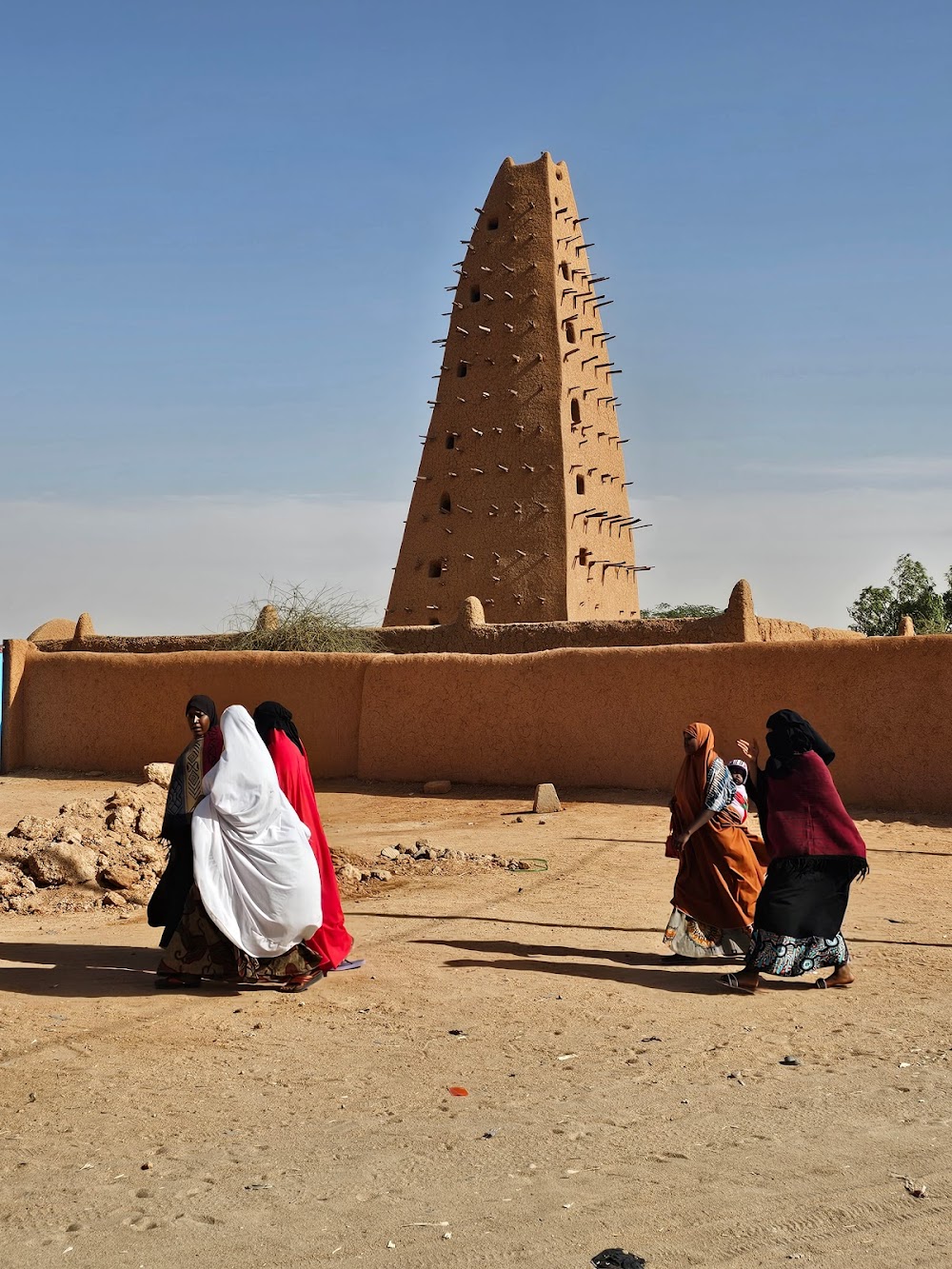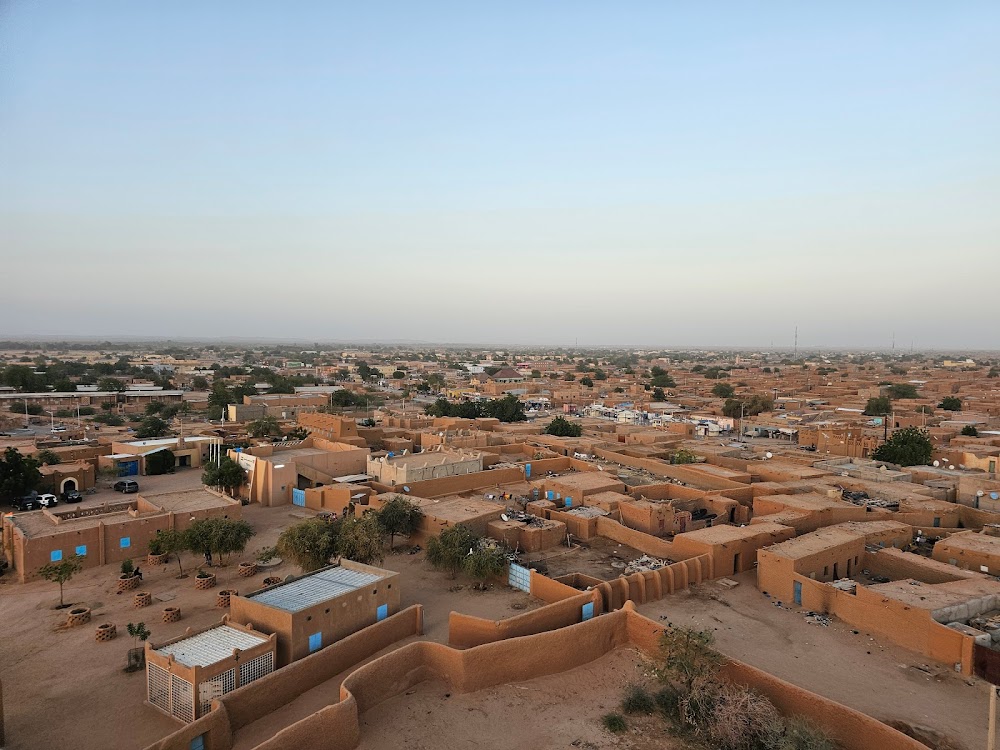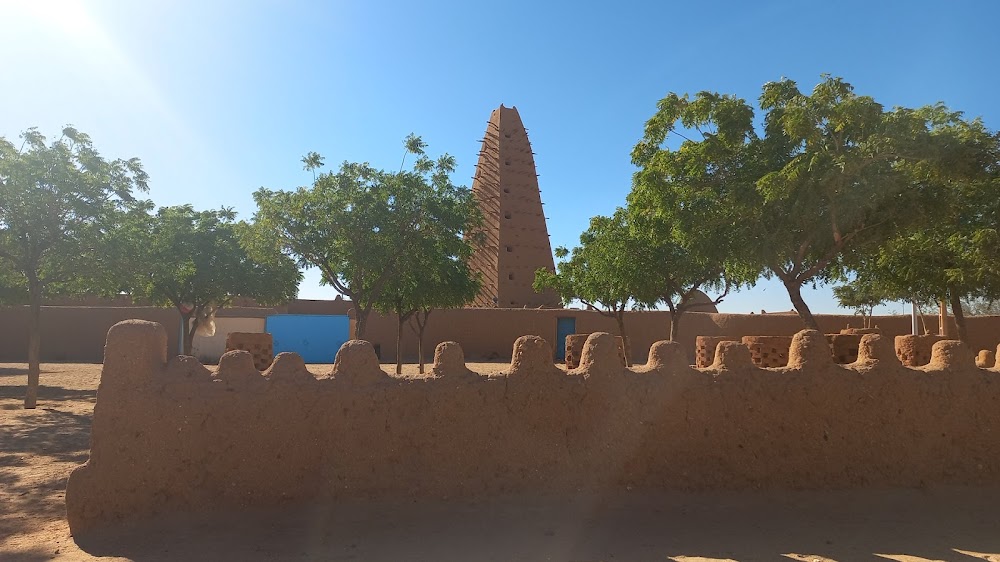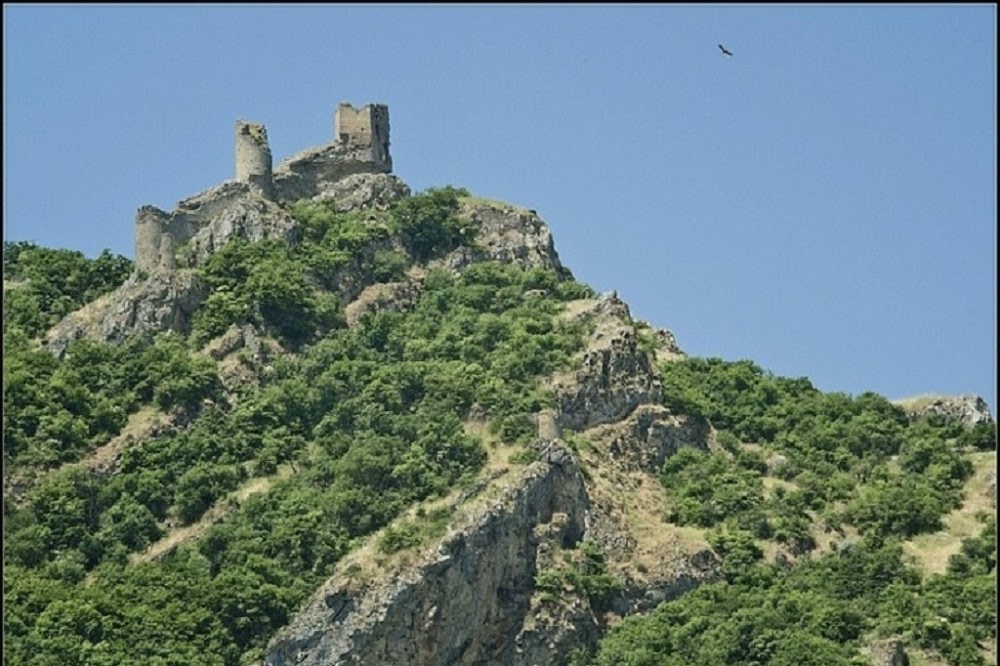Agadez Grand Mosque (Grande Mosquée d'Agadez)
Overview
The Grande Mosquée d'Agadez, or Agadez Grand Mosque, is an iconic and historic landmark nestled in the heart of Agadez, within Niger's Siazan District. This mosque is celebrated not only for its profound religious significance but also for its striking architecture and rich historical value.
The origins of the Grande Mosquée d'Agadez date back to the 16th century. Constructed around 1515 during the reign of Sultan Idris, a prominent leader of the Songhai Empire, the mosque was envisioned as a distinguished place of worship that also showcased the architectural and cultural heritage of the region.
Built primarily from clay and mudbrick, the mosque exemplifies Sudano-Sahelian architecture, a style characteristic of West Africa. Local materials were integral to its construction, with clay and mud sourced from nearby areas. The incorporation of timber beams into the walls not only enhances structural integrity but also adds aesthetic charm. These materials were carefully selected for their availability and suitability to the local climate, helping to maintain a cooler interior.
One of the most captivating features of the Grande Mosquée d'Agadez is its minaret, which towers approximately 27 meters (89 feet) above the city. This pyramid-shaped structure tapers elegantly towards the top and is adorned with wooden stakes that extend horizontally. These stakes not only contribute to the mosque's unique silhouette but also serve as scaffolding for maintenance and repairs. Throughout the centuries, the mosque has undergone numerous restorations, many of which utilize the same traditional techniques and materials employed in its original construction.
Inside the mosque, visitors are welcomed by a spacious prayer hall supported by wooden pillars. The walls, smooth and cool to the touch, bear the marks of craftsmanship, showcasing the skill of the builders in every detail. The minimalist yet profound interior design fosters a serene atmosphere, ideal for prayer and reflection.
The mosque's courtyard is another significant aspect, serving as an open space for congregants to gather, especially during key Islamic celebrations like Eid. This courtyard also functions as a communal area for various social and educational activities, reinforcing the mosque's role as a vital center of community life in Agadez.
Beyond its spiritual importance, the Grande Mosquée d'Agadez stands as a testament to the ingenuity and resilience of the people of Agadez. Over time, it has evolved into a cultural symbol, attracting visitors from around the globe who come to admire its beauty and delve into its storied past.
In recent years, concerted efforts have been made to ensure the mosque's preservation for future generations. These initiatives include regular maintenance using traditional methods alongside modern conservation techniques to protect the structure from environmental degradation. The local community remains deeply involved in these preservation efforts, understanding the mosque's significance as a living heritage site.
In summary, the Grande Mosquée d'Agadez is a remarkable example of historic architecture and cultural legacy. Its construction from clay and mudbrick, the iconic minaret adorned with wooden stakes, and its role as a community hub all contribute to its enduring legacy. Built in the 16th century and carefully maintained by the dedicated efforts of the Agadez community, it continues to be a captivating emblem of Niger's rich historical and cultural tapestry.








